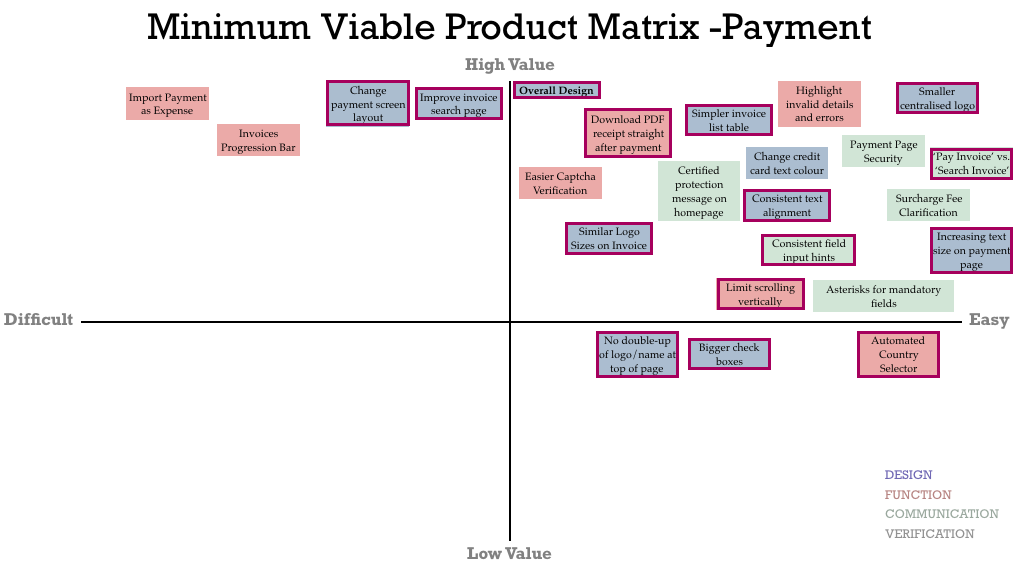BillPower
InTRODUCTION
BillPower is a SAAS platform that helps its small business clients get paid faster. It does it by acting as a payment gateway that integrates with various accounting systems like XERO, MYOB and Quickbooks.
PROBLEM STATEMENT
BillPower is a leading accounting software, but its design looks outdated compared to its competitors. Many small business owners were facing difficulty with the interface of the sign-up and payment process. A visual overhaul was long overdue.
Thus, we wanted to make the Sign-Up and Payment process for business owners and their clients more engaging and increase the overall usability so it can maintain its lead in the years to come.
How might we
Improve the user experience of the app to increase user engagement and reduce churn.
Design a visually appealing and intuitive sign-up and payment interface for current and potential customers.
role
I led the project with 2 UX design students and worked on all aspects of the new design system, including its visual, UX and motion design.
I also revamped the UX of key pages while my developer colleagues helped implement my designs.
Design Process
We ran 2 weeks of design sprints based on the design thinking methodology, which includes 5 stages: Empathise, Define, Ideate, Prototype and Test.
We eventually created and shipped a fully functional design where people can quickly sign up, create, send, and pay their invoices.
RESEARCH
I conducted two surveys with the online communities and the current users to get quantitative insights on what features people like to have in online accounting software and their satisfaction level with the user interface.
We conducted 7 interviews and 10 usability tests to develop a rich understanding of their pain- points and sign-up and payment habits.
FINDINGS
Define the problem
Affinity Diagram
We used an affinity diagram to define the primary persona and the red routes.
PERSONA
My personas are
Primary:- Ben a 33 years old plumber uses BillPower for sending invoices to his customers.
Secondary:- Natalie a 25-year-old art student, using BillPower to pay for invoices.
Two groups stood out:
Small business owners:- Who need Billpower to send invoices to their customers.
Customers:- Who use the software to pay bills to small business owners.
USER JOURNEY MAP
We evaluated user requirements together with the product team. Bits by bits, feature after feature, we created an MVP matrix to find out their value and cost to build.
click the image to enlarge
ideate solutions
I evaluated user requirements in collaboration with the marketing and development team.
Based on the quantitative and qualitative research results, I built a Minimum Viable Product for Both Sign-up and Payment process and ideated the solution for “Ben” and “Natalie.”
Prototype
• Created a low-fi prototype and tested it with the users.
• Determined the flaws in the design and iterated it after each user test.
Testing our design
I created a low-fidelity prototype with pencil and paper and conducted User Testing sessions with 10 users to develop a rich understanding of their habits and problems.
Moderated more than 10 user testing sessions.
Tested design flow for sign-up and payment features.
Test the flows over both mobile and web platforms.
FINAL PROTOTYPE
I designed the final High-Fidelity Prototype Based on the research and user insights and presented it to the clients.














